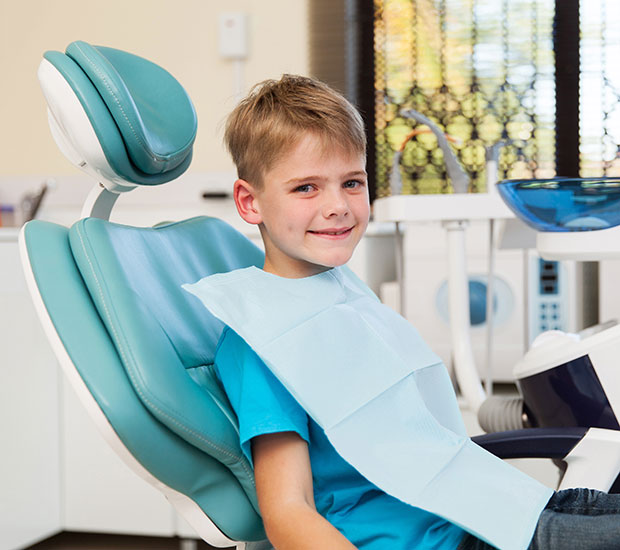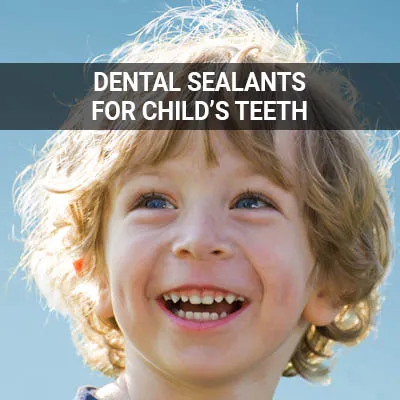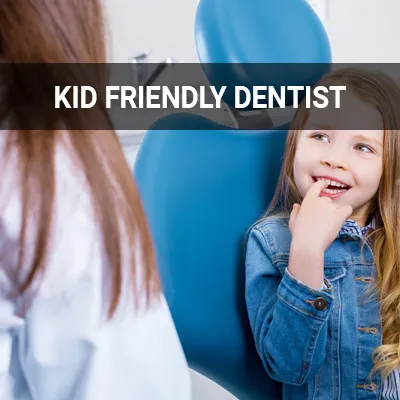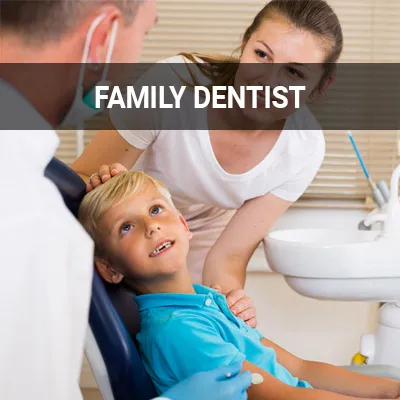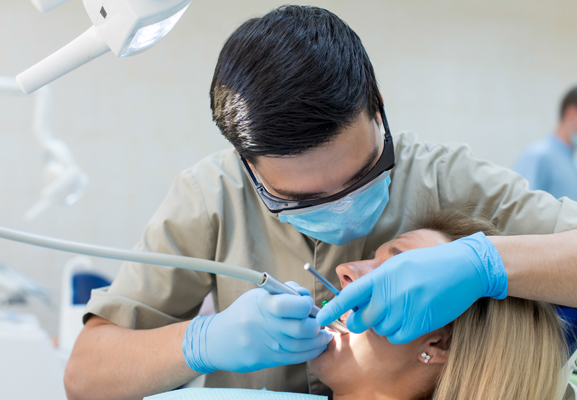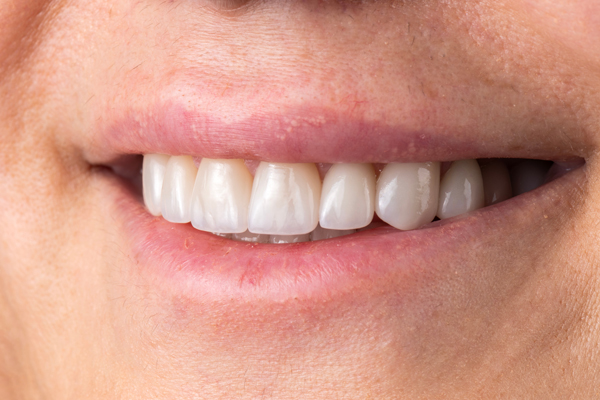Early Orthodontic Treatment Charlotte, NC
Younger children sometimes show signs of an orthodontic issue. It is important to consider possible orthodontic options for smaller patients. Phase 1 orthodontics are early orthodontics treatment options for juveniles who do not have their permanent adult teeth yet.
Early orthodontics are available at Randolph Dental Care in Charlotte and the surrounding area. The providers at our office can evaluate young children for potential orthodontic issues. Early intervention may benefit children who may have complex bite or orthodontic issues and prevent more extensive dental treatments later on.
Child orthodontics treatment may require a two-phased approach, starting as early as age 7 to correct some issues. Our team can help you determine if your child needs early orthodontic treatment. Call us at (704) 366-3622 to find out if your child should be evaluated for early orthodontics treatment.
Causes of Early Orthodontic Problems
Parents may worry if their child develops crooked teeth or an irregular bite. However, they should keep in mind that a child's mouth changes dramatically during the ages of six through 10. During this period, children lose most of their baby teeth. Their jaws may also develop a new size and shape. Thus, childhood can be a time of great change. Sometimes these changes include new orthodontic problems.
Most orthodontic concerns result from genetics. For example, a child may inherit a narrow jaw or other structural issues. Over time, they may develop crooked teeth or bite problems. Orthodontic problems may also be the result of thumbsucking or extended pacifier use. Sometimes, however, dental providers are not able to determine the cause of the problem.
Many parents feel guilty when their child develops orthodontic issues. But, in reality, any child can develop dental problems. Fortunately, these issues are treatable. Some may even resolve on their own. If the situation requires orthodontic treatment, however, early interceptive care can help. This type of care is sometimes known as phase 1 orthodontics.
“Most orthodontic concerns result from genetics.”
What to Expect from Phase 1 Treatment
The American Academy of Orthodontics states that children should receive an evaluation by age seven. During this evaluation, the dental team may take measurements or make impressions. They also examine the child's bite and check for misalignment. Next, they will develop a treatment plan.
If the child has lost their baby teeth early, the team may recommend a space maintainer. These appliances help prevent crowding. In addition, they can help the child's adult teeth shift into the right position. The team might also suggest a palate expander to widen the child's jaw. Expanders create extra space for adult teeth. Sometimes, expanders also help fix a bite problem.
Phase 1 treatments usually will not involve braces, and dental providers may delay braces until the child has all their adult teeth. But if a child has a significant dental issue, the team may recommend braces right away. In addition, early braces might help shorten the next stage of orthodontic treatment.
“…dental providers may delay braces until the child has all their adult teeth.”
What to Expect After Stage 1 Treatment
Phase 1 orthodontics usually lasts for one to two years, and most patients finish stage 1 treatment by age nine. During phase 1, the child may have regular checkups with their dental team. The team adjusts orthodontic appliances and takes measurements. They make sure the child stays on track. After phase 1 is complete, the child has a rest period. The dental team may remove phase 1 appliances and stop treatment. At this stage, the team can let parents know whether their child needs phase 2 care.
“Phase 1 usually lasts for 1-2 years, and most patients finish stage 1 treatment by age nine.”
Check out what others are saying about our dental services on Yelp: Early Orthodontic Treatment in Charlotte, NC
Moving Onto Phase 2 of Treatment
After completing phase 1, the next step is phase 2 orthodontic treatment. Randolph Dental Care carefully evaluates each patient's progress during phase 1 before transitioning to the next step. Here is what happens during phase 2 of an early orthodontic treatment plan:
- Resting. Some patients may need to enter a resting phase before starting phase 2. During this step, the patient may need to only wear a retainer and have monitoring appointments. When the teeth are in the resting stage, the orthodontist will not place new dental appliances or braces.
- Straightening. Then, the child is ready for braces. Our staff places the wires, bands, and brackets onto the child’s teeth during an appointment. This stage may take between 12 and 24 months.
- Monitoring. Throughout the phase 2 treatment, the patient must come in for regular monitoring appointments. During an appointment, the dental provider will check the patient’s progress and may make adjustments. Once treatment is done, the orthodontist may recommend wearing a retainer to keep the teeth in alignment.
“Some patients may need to enter a resting phase before starting phase 2.”
Questions Answered on This Page
Q. What happens during phase 2 of treatment?
Q. What causes orthodontic problems?
Q. What kind of treatments are part of phase 1 orthodontics?
Q. How long does Phase 1 last?
Q. When should I seek care for childhood dental problems?
People Also Ask
Q. Should I choose Invisalign Teen for my child?
Q. How long does Invisalign take?
Q. Can sealants protect against cavity-forming bacteria?
Q. What makes a kid friendly dentist unique?
Q. What's the right age to get sealants?
When to Seek Care for Early Orthodontic Problems
Parents should seek an evaluation right away if their child develops dental problems. The sooner the child receives treatment, the better. Early orthodontic care can shorten treatment times and improve a child's oral health. Delaying treatment could result in long-lasting dental problems.
Preventive care is an important part of any orthodontic plan. Parents should make sure to keep up with exams and cleanings, and reach out for help if their child develops tooth pain. The dental team can offer guidance, support, and intervention.
“Early orthodontic care can shorten treatment times and improve your child’s oral health.”
Frequently Asked Questions About Early Orthodontic Treatment
Q. What is phase 1 orthodontics?
A. Phase 1 orthodontic treatment usually takes place between ages six and nine. During phase 1 care, the dental team looks for developing problems. They check your child's bite and jaw alignment. The team also takes steps to improve the alignment of adult teeth. Phase 1 usually involves retainers, palate expanders, and space maintainers.
Q. Does my child need phase 1 care?
A. All children should receive an orthodontic evaluation by age seven. During the assessment, the dental team performs a full exam. The team can let you know whether your child would benefit from early orthodontics.
Q. How can I find out if my child needs braces?
A. During the initial evaluation, the team may be able to determine whether your child needs braces. But in some cases, the team may delay their recommendations until phase 1 orthodontics is complete. Sometimes, teeth can shift during childhood and change treatment outcomes. Phase 1 treatment may also reduce or eliminate the need for braces.
Q. How long does orthodontic treatment last?
A. Phase 1 orthodontics usually lasts one to two years. If your child needs phase 2 treatment, their orthodontic treatment may continue. Phase 2 treatment might last for about one to three years. The dental team may also suggest breaks during various stages of treatment. Your dental provider can offer a detailed treatment timeline.
Q. How much does orthodontic treatment cost?
A. Treatment costs may vary depending on insurance coverage. Costs also depend on what type of treatment your child needs and how long your child remains in treatment. Our office team can provide more information about early orthodontics costs and coverage.
Dental Terminology
Call Us To Find Out More
To get your child evaluated for possible early orthodontics treatment, call us today at 704-366-3622. Not every child is a candidate for a two-phased treatment, and only an orthodontist can determine the proper course of action. In Charlotte we provide complete orthodontic services for all phases of treatment.
Helpful Related Links
- American Dental Association (ADA). Glossary of Dental Clinical Terms. 2024
- American Academy of Cosmetic Dentistry® (AACD). Home Page. 2024
- WebMD. WebMD’s Oral Care Guide. 2024
About our business and website security
- Randolph Dental Care was established in 2016.
- We accept the following payment methods: American Express, Cash, Check, Discover, MasterCard, and Visa
- We serve patients from the following counties: Mecklenburg County
- We serve patients from the following cities: Charlotte, Matthews, Huntersville, Fort Mill, and Pineville Mint Hill
- Norton Safe Web. View Details
- Trend Micro Site Safety Center. View Details
Back to top of Early Orthodontic Treatment
